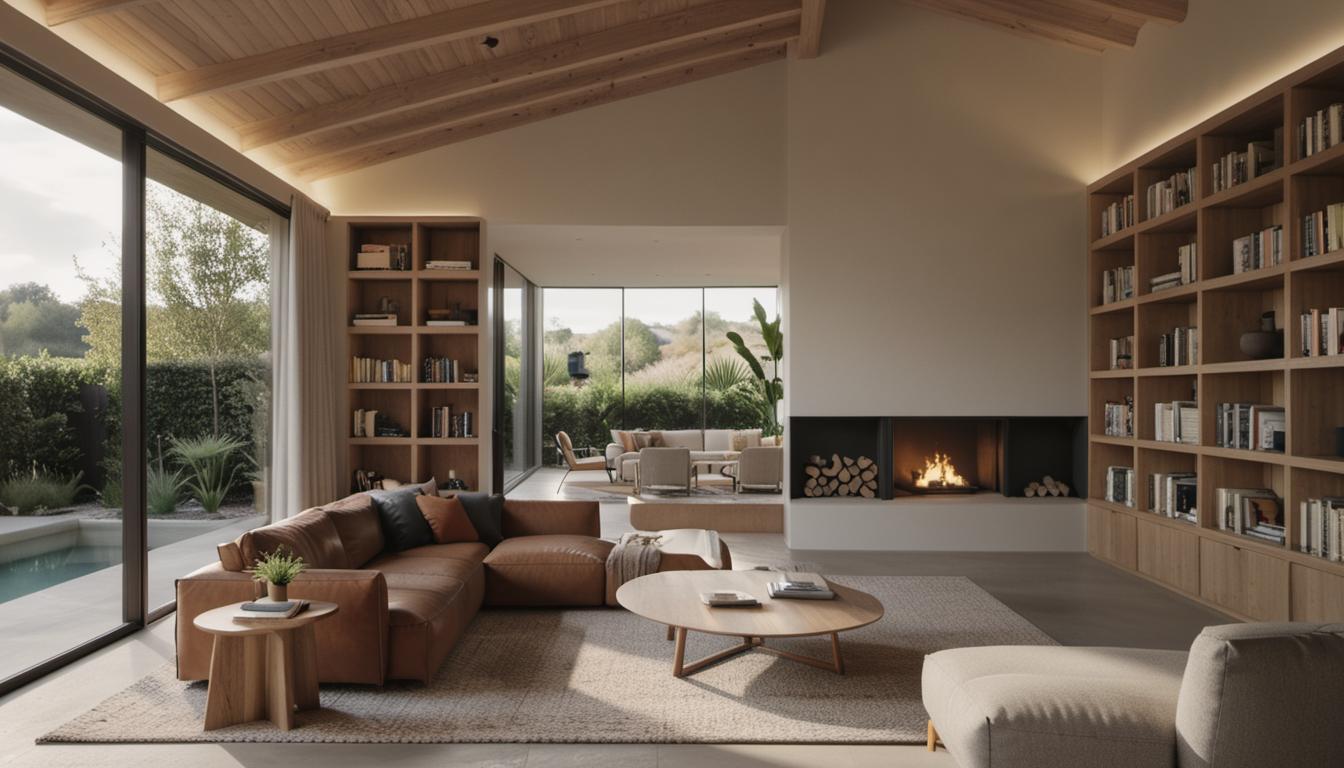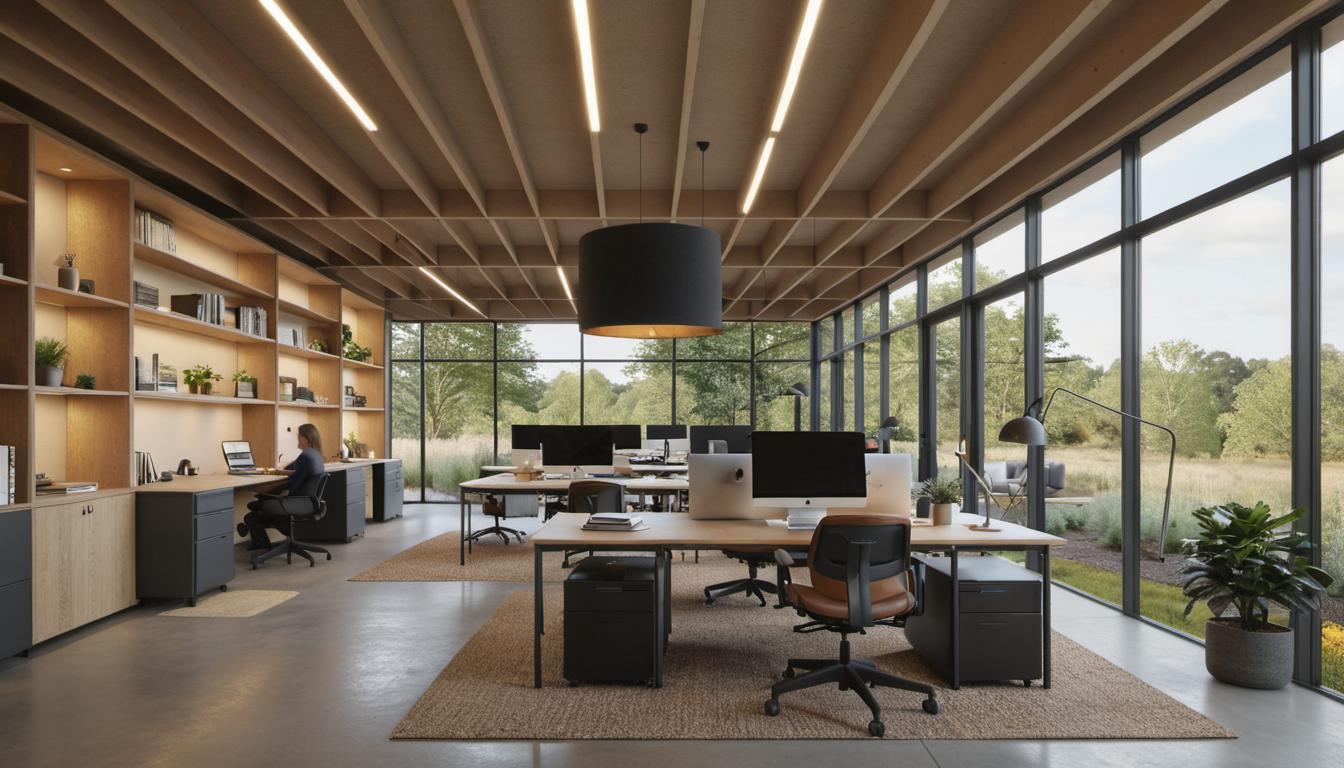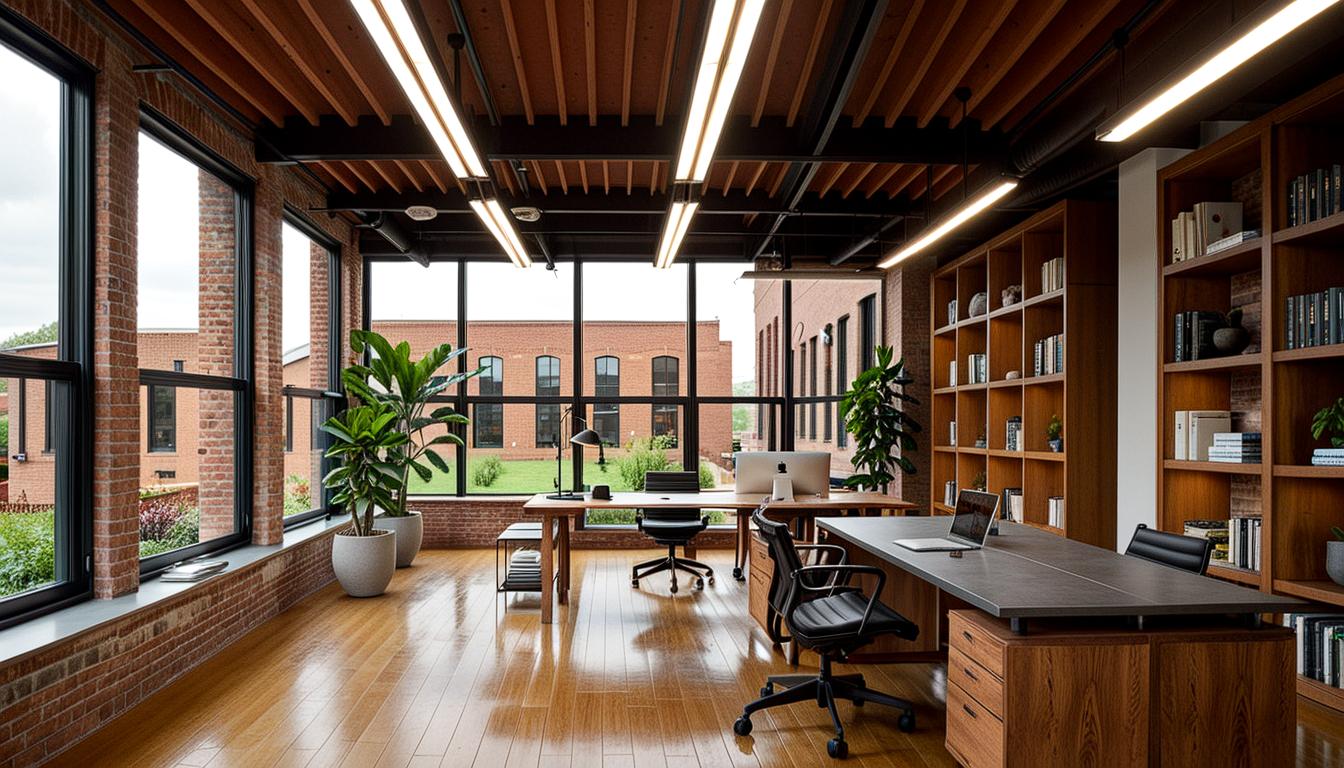Boosting Green Architecture: Choosing Perfect Indoor Plants
A. Understanding the Essence of Indoor Plants in Green Architecture
Indoor plants bring major benefits to green architecture, acting as a lively addition to interiors while improving building occupants’ wellness. An essential component of design aesthetics, indoor plants breathe life into spaces and often help create a mood or theme. From pacifying minimalistic themes to enhancing lively, vibrant decor, their versatility knows no bounds.
The role of Indoor plants in Interior Design
Indoor plants function as a significant part of interior design, adding color and texture to spaces. Through their various shapes and sizes, indoor plants can subtly fill corners or demand attention as the centerpiece of a room.
Benefits and adaptability of Indoor plants in various decor themes
Providing a breath of fresh air, indoor plants are adaptable to any decorative theme, from rustic to modern, contributing to the harmony of the design while adding texture and depth.
The convenience of Indoor plants for spaces with limited yard space or harsh climates
Indoor plants offer a practical solution for those seeking the benefits and beauty of greenery but lack outdoor garden space or face harsh climates. Being shielded from adverse weather conditions, indoor plants can be maintained with relative ease.
Light requirements of Indoor plants: differences between succulents, cacti, and foliage plants
Indoor plants differ in their light requirements. Plants like succulents and cacti thrive on abundant sunlight, while foliage plants typically need fewer hours of daily light.
B. Selecting Suitable Indoor Plants
When choosing indoor plants, ensure they possess a strong root system, show signs of healthy growth (like thick foliage), and display no signs of pests or diseases.
Low light indoor plants: Philodendron, Pothos or Devil’s Ivy, Dracaena, and Peace Lily
Consider plants like Philodendron, Pothos, Dracaena, and Peace Lily when looking for species that can thrive in low light conditions. These plants not only exemplify resilience but also enhance your indoor environment’s aesthetics.
Indoor plants with low light and water requirements: Hedera Helix and Sansevieria Zeylanica Superba
For dry, low-light spaces, pick hardy plants like the Hedera Helix or the Sansevieria Zeylanica Superba. These plants are well-adapted to thrive in such conditions.
Indoor plants for lower light and humidity: Aglaonema, Aspidistra, and Succulents
Aglaonema, Aspidistra, and Succulents do well in places with lower light and humidity levels. These plants are generally less susceptible to pests and exhibit moderate growth rates, making them perfect for indoor conditions.
C. Care and Maintenance of Indoor Plants
Taking care of indoor plants require a few simple steps. You’ll need to adjust your attention to their light and water needs. Additionally, knowing when to repot your plants is vital.
Best practices for repotting Indoor plants
When repotting, it’s best to use a pot with ample drainage to prevent waterlogging. The soil should be kept at an optimal moisture level that is neither too wet nor too dry.
Keeping the potting soil moist and ensuring the pot has drainage holes
Keeping the potting soil moist (but not soaked) and having a pot with drainage holes create a conducive environment for your plant to grow. This promotes the plant’s health while preventing root rot.
Understanding the specific needs of different plant species
It’s crucial to understand and cater to your plant’s specific needs. Different species require different light and moisture levels. Regular monitoring and proper care will keep your indoor plants healthy and thriving.
Pruning and when it is necessary
Pruning should be done when necessary. It typically involves removing dead or overgrown branches to encourage healthier growth.
D. Health and Mood-Boosting Indoor Plants Worth Considering
Certain indoor plants can purify the air, increase indoor humidity, reduce stress, and control blood pressure levels, improving the overall health of building occupants. Here are some notable health and mood boosters:
Pothos
This indoor plant is known for its air-cleaning quality, benefiting those living or working in the space.
Philodendron
Philodendron purifies the air, removing common toxins while adding a dash of greenery.
Prayer Plant
Prayer plants not only reduce stress levels but can also create a serene space through their soothing appearance.
Bird’s Nest Fern
Ideal for humid spaces, the Bird’s Nest Fern can purify the air while boosting overall health by reducing symptoms of asthma.
Palmer Palm
These elongated leafy plants can rejuvenate stale indoor air and provide aesthetic beauty.
Peace Lily
Apart from its stunning appearance, Peace Lily can de-stress your space, increase indoor humidity, and help reduce anxiety.
Chinese Evergreen
The Chinese Evergreen is not only considered aesthetically pleasing but also serves as an effective air purifier and stress reducer.
Fiddle Leaf Fig
Known for its striking appearance and air-improving quality, the Fiddle Leaf Fig can elevate any space.
Tradescantia
The vibrant Tradescantia can not only brighten a room but also act as a powerful antioxidant and antibacterial agent.
E. Choosing Indoor Plants to Enhance Spaces
With their unique shapes, sizes, and colors, indoor plants can significantly enhance spaces, from acting as the focal point to filling unused corners. They also take on functional roles, for instance, acting as dividers in open plan spaces. Mature plants can make rooms look grandiose, while the inherent variety among plant species adds a unique edge to the space’s design. Moreover, indoor plants serve environmental roles, filtering out common pollutants from the indoor air.
F. Nurturing Indoor Plants: What are the Benefits?
Nurturing indoor plants promotes personal wellness, improves indoor air quality, and adds greenery to your living spaces. From reducing allergies to improving sleep and mood, the benefits of having indoor plants are multifold. But ensure you provide good care, choosing plants based on your living conditions, not overwatering, maintaining air quality, and regularly dusting leaves.
FAQs
1. What are some benefits of having indoor plants in green architecture?
Indoor plants in green architecture imbue spaces with a calming, refreshing aesthetic while offering health benefits through air purification and humidity control. Specific plants can boost mood, improve focus, and alleviate stress for occupants.
2. How to choose the right indoor plants for your interior design theme?
Choose indoor plants to complement your design theme based on their sizes, shapes, and colors. For modern interiors, consider sleek, architectural plants like succulents; for boho-chic interiors, opt for feathery ferns or vibrant flowers.
3. What are some common indoor plants suitable for low light spaces?
Some plant species ideal for low light spaces include Philodendron, Pothos, Dracaena, and Peace Lily.
4. How should indoor plants be taken care of to ensure their health and growth?
Ensure appropriate watering practices, place them near a suitable light source, understand their specific requirements (including nutrition and climate needs), and prune them when necessary.
5. Which indoor plants are known for their air-purifying qualities?
Indoor plants like Pothos, Philodendron, Peace Lily, and the Fiddle Leaf Fig are known for their air-purifying capabilities, refreshing spaces, and contributing to the wellness of inhabitants.






